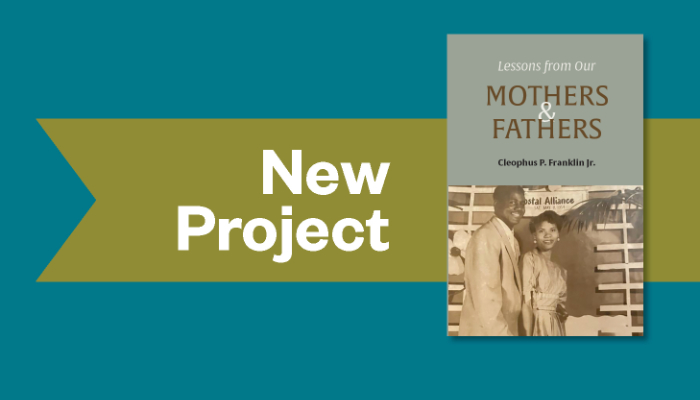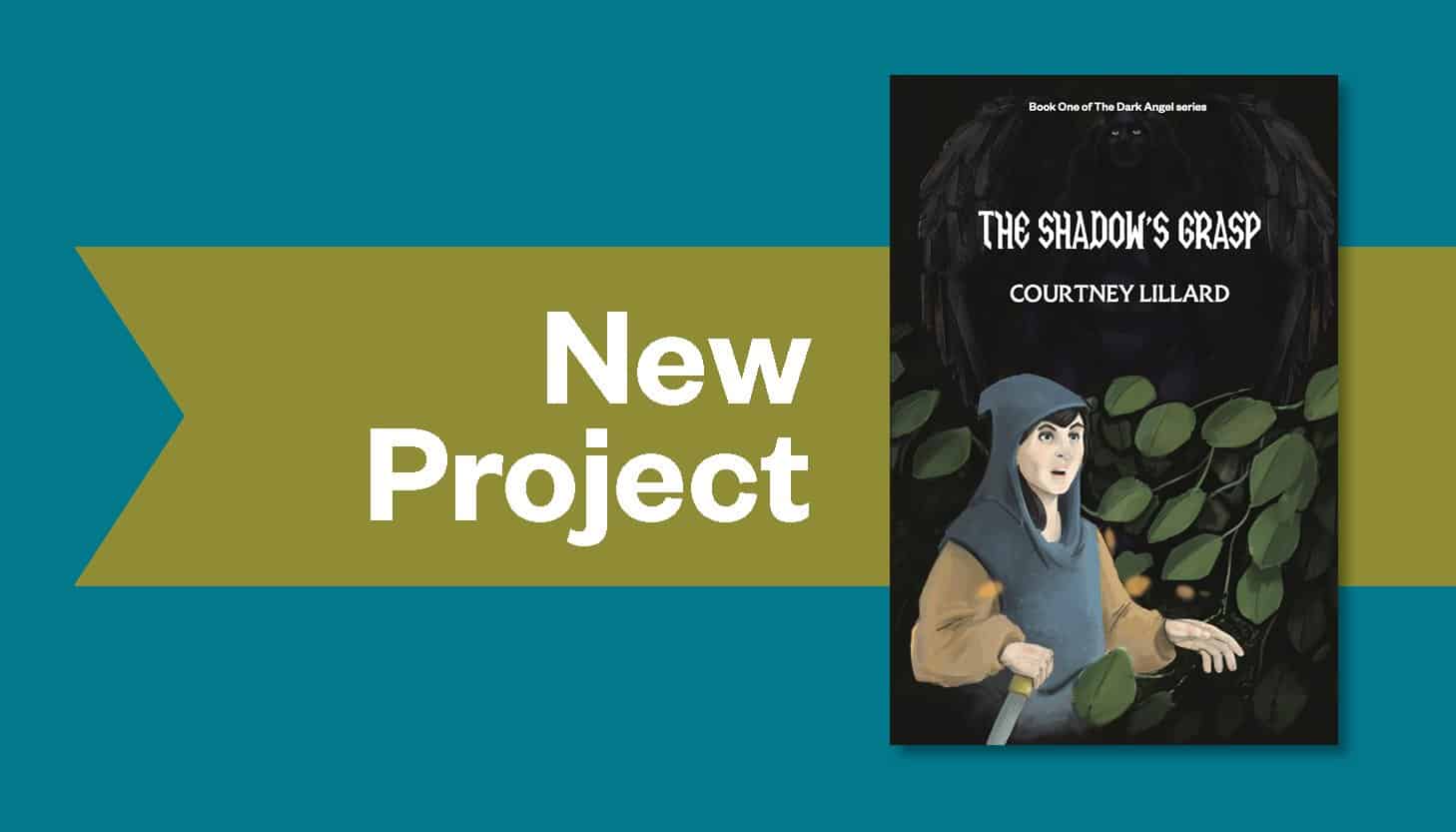It’s a perennial question asked by writers of all genres. “How many pages should I write for my book?” often followed by “What exactly is a ‘page’ of writing anyway?”
What’s in a Page?
All book publishers and book designers have a standard they go by to estimate page length. Some go by pages; others go by words.
One rule of thumb is you can get 60 percent of a manuscript page into one typeset page (said manuscript being in 12-point type, double-spaced, preferably Times New Roman, with one-inch margins on an 8.5 × 11-inch document).
Another rule of thumb is you can get 250 to 300 words on a typeset page. This estimate will vary depending on the typeface, point size, and leading you use, as well as the trim size or physical size of the page—typically, it refers to a trade paperback, which is a 6 × 9-inch trim. So, a 55,000-word manuscript is about 220 typeset pages, and a 100,000-word manuscript is about 400 typeset pages.
Both rules of thumb are imperfect, but we’ve found the “250–300 word per page” rule works better more often than the “60 percent per page” rule.
How to Format Your Page
If you use the industry standard of 12-point type, double-spaced, Times New Roman, one-inch margins, 8.5 × 11 document, you’ll make your editor and publisher happy, even in these days of modern technology. Formatting your page this way will help your publisher determine ending page count no matter how they estimate pages.
There are a few other industry standards you might note when formatting your manuscript pages.
- Left-align your type and keep the right side ragged.
- Single space after periods.
- Indent paragraphs except for the opening paragraph of a chapter or section. (Set your indention in your paragraph formatting; don’t use the tab key.)
- Begin new chapters on new pages about one-third of the page down from the top. Center the title.
- Use a word from the title (or a very shortened title) and your last name in the header, along with the page number.
- Use italics for emphasis; never underline and never use bold italics (unless your heading is in bold).
- If you prefer to use all caps for emphasis, remember that you’re shouting—no one likes to be shouted at all the time. Your editor may change your all caps to italics. Maybe you should do that before your editor sees the manuscript?
- Center the octothorp (#)—which you know as the hash sign, hashtag, number sign, or pound sign (it has several names that depend on context)—one blank line down from the end of your manuscript to signify the end of the document. You can also type “The End” if you like. Why? It’s a holdover from printed manuscripts and screenplays to show there are no missing pages.
This isn’t an industry standard, but it is helpful: If you know the publishing house’s editorial style, use it, especially for items like book and movie titles, numbers, and references. Editors don’t expect you to know editorial style, but if you show you do, you will make their jobs easier and better your chances of having your manuscript be accepted.
What’s the Best Page Length for a Book?
There are no hard-and-fast rules for the number of pages in a book. There are, however, some guidelines.
Novels are often between 40,000 and 200,000 words. Subgenres vary. Children’s books are 10,000 to 15,000. Mysteries and young adult books run between 40,000 and 80,000 words. Thrillers and epic fantasy often clock in at over 100,000 words.
The Science Fiction and Fantasy Writers of America offers a less nebulous guideline for the coveted Nebula award: a short story is under 7,500 words; a novella is 17,500 to 39,999 words; a novel is 40,000 words or over.
Nonfiction books also vary tremendously in word count. Short and punchy books are 40,000 to 60,000 words, but many nonfiction books are lengthy: 80,000 words and up.
In all cases, you can find an author who has successfully pushed the envelope one way or another. The best guideline you can follow is to make your book as long as it needs to be and no longer.
Too Many Pages?
There are some writers who just don’t know when to stop, of course. Some extreme examples of long books include
Marienbad My Love by Mark Leach. This is supposedly the world’s longest published novel at 2.5 million words. You can read it online at marienbadmylove.com. (It’s also available through CreateSpace on Amazon at a mere 630 pages. How did they do that? They made the trim size 8.5 × 11.)
The Blah Story by Nigel Tomm. This book (in multiple volumes) is 3,277,227 words and is 7,312 pages, according to Mental Floss. You can find the volumes online, but many are out of print. Note: This is not a book, per se; it’s art. Which is probably why it gets some terrible reviews.
What about more readable tomes? The Harry Potter books contain approximately 1,084,170 words. The Lord of the Rings trilogy contains approximately 455,125 words. The Stand (uncut edition) by Stephen King contains approximately 471,485; the cut edition is about 150,000 fewer words.
While I’m an avid reader and enjoy long books—400 to 500 pages is fine by me—there is a trend for shorter books, especially in nonfiction. Keep this in mind as you plan and write. What if you go too long? You can always cut words.
Want to keep up with our blog? Sign up to get an email notification when we publish new posts.


